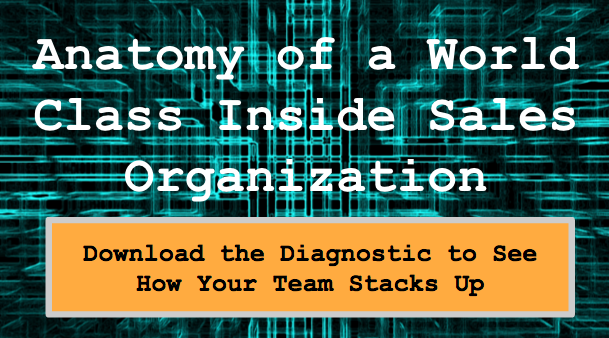
How to use personalization in your marketing and sales efforts to drive more conversions
In the inbound world of attracting and nurturing folks throughout their journey, we don’t often take pause to explore how powerful personalization and segmentation can be. This week, Chris Bintliff from Not Really Rocket Science talks about the Why, What, and How of personalization. He shares tips on how to start your personalization efforts for both large and small budgets.
Here are the top takeaways from our conversation.
Why:
- Personalization is really about being reactive, in as “real time” as possible, to subscribers, prospects, customers.
- It’s the “now what” to content marketing that asserts a kind of finish line at capturing an email address
- Yet most people unsubscribe because of irrelevance.
- We usually save “customer satisfaction” for inside the business relationship, building entire business models around developing customer loyalty.
- Personalized marketing shortcuts this with delight before the sale. Personalization is a pathway to delight.
What:
- We have to go beyond just hello [first name].
- Automation tools like Hubspot, Drip, ConvertKit, you name them allow us to deliver deep and specific insights
- What emails are being read? What links are being clicked or triggered? Which website pages are being looked at? What lead magnets are being accessed? All insights we can use to build a progressive profile of a subscriber to define specific traits that we can then personalize messaging to.
- Think hyper-segmented.
How:
Personas made practical.
Start with functional role. Who are they in the buying scheme? Could be a professional role or a station in life. “Executive vs Marketing pro” or “New to fitness vs experienced with fitness.” With just that one data point you can start more effective personalization, like sending prospects to a sales page geared more towards the newbie vs the veteran.
Next look for motivation. This comes from things like surveys in your emails, recording content they download or blogs they read - which means you have to be intentional about a diversity of content, or progressive form fields in Hubspot. Try and ask just one extra question from time to time. Now you can figure out if your subscriber is trying to get off the couch for their first 5k or run their fastest marathon. Totally different audiences that you can tailor your digital sales message for.
Finally try and assess emotional need. This will take more time and experience and maybe some manual involvement. Why are they motivated as they are? Somebody reading a blog post about the health benefits of exercise might be in a different space than those reading about the top gadgets for summer running. You might learn if this is a luxury purchase or a distress purchase.
Don’t boil the ocean. Start small with “smart segmenting” and build specific workflows around content strategy to keep things as automated as possible. It can take time to build the engine but then the automation should help it run itself. Build on the engine over time and within reasonable boundaries.
Stay organized. Automation platforms will help you immensely, but at the least connect personas with content strategies with segments in a spreadsheet.
Develop insights. Build specific pay per click and social advertising for specific roles, motivation, and emotional needs. Somebody clicking through an ad geared towards men in their 50’s already tell you a lot about them. Tools like Wistia can help you understand who’s watching your videos and for how long.
Outcomes:
Build separate sales pages on your website. A call-to-action to the fitness newbie might sell your First 5k Package to one audience and your Fastest Marathon Training Program to another.
Customize some pages on your website. A small change in text or to a headline can suddenly speak to a totally unique audience. “We help people like you get off the couch and develop healthier habits” vs “We help athletes like you run your fastest race.”
New platforms like RightMessage let you make changes to your website that reflect in real time to behaviors from a visitor, from the referring url to tags in some automation platforms to UTM content in a web url. This lets anybody build essentially infinite pages tailored to specific audiences.
Chris has created a free interactive personalized email course that only takes 30 minutes. You can check it out here.
Watch the video:
Or listen to the audio:
Keep Talking!




